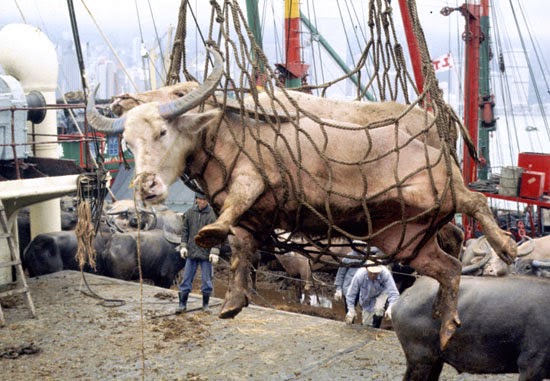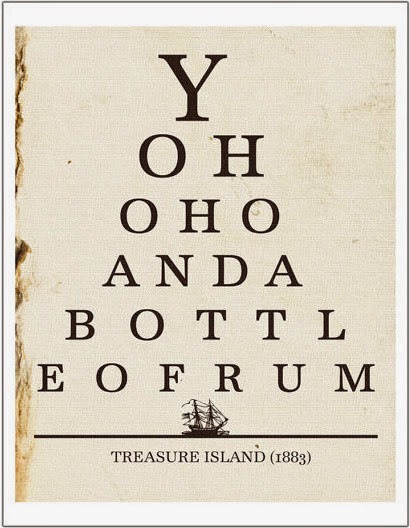The contrast between
pirates and the Royal Navy makes for good theater. On the one side pirates, the
drunken, greedy, disorganized criminals in their motley clothes. On the other,
the proud naval officers, sober, serious, devoted to duty, sporting crisp
uniforms and…
Except that’s not at all
the way the Royal Navy worked in the very early 1700’s.
In 1717, the Royal Navy
had no uniforms. No navy did. In the army, uniforms made for an impressive spectacle.
It also reduced costs, since the “uniform” clothing could be ordered in bulk.
But at sea, it was the ship that made the impression. Details of the men
sailing it were not so important.
Besides, the sailor did
have a certain level of similarity in dress. They all tended toward the same
cut of baggy work pants in either red or canvas-white (as ubiquitous as blue
jeans are today) Working men wore short
jackets, of about the same cut, and most sailors, whether navy or not, favored
blue. Most sailors also favored checked shirt, and blue was the most common
color, followed by red.
Blue for sailors had been
ordained 1,700 years before by the Romans, who were trying to camouflage their ships.
The Romans also dyed their sails blue, but that tradition did not last. Red was
likely popular because it was both inexpensive and durable, being produced by
iron oxide (rust).
Further uniformity was
brought about because the ship supplied a “slops chest” of clothing that was
available for purchase. The sailors had to pay for the clothes, and the service
was outsourced to third-party suppliers. Therefor the supplied clothing tended
to be similar, if not identical.
Officers, especially
captains, dressed any way they pleased, and there was much more variety here. A
captain could wear literally anything he chose. It was an era of grand
clothing, with silks, brocades lace and embroidery being common for men who
could afford them. Usually the only way to determine who was in charge was by
the grandeur of a coat. Well-heeled lieutenants might be able to afford to
dress better than their commanding officer, but would quickly find out it was
not good for the career.
In Britain, uniforms were
designed after a petition from the officers to Parliament in 1760. By this
time, other nations has used uniforms for years.
Saluting was not a tradition
in the navy until about 1800. During the Golden Age of Piracy, and for some
time thereafter, the naval greeting was to touch or tip the hat, the same as
for civilians.
The navy was also a much
more drunken than we imagine. The British rationed a gallon of beer or wine for
each man each day, or a pint of unadulterated brandy or rum. Interestingly
enough the service also punished men from drunkenness. They got around this by
re-defining what it meant to be drunk. In the navy, drunkenness was being so impaired
by drink that a man could not stand up and say his name.
The officers, in addition
to the ration of liquor, were expected to supply additional drink for private social
use. Cases and cases of wine, brandy, sherry, gin, and rum were purchased out
of the private funds of the captain and officers, and stored on the ship. It was
not at all uncommon for every man on board to be in an alcoholic haze. The
phrase “The sun is over the yardarm” signaled that it was about 11:00 in the
morning, and time, not to begin drinking, but to begin drinking HEAVILY.

The navy also anticipated
“sharp dealing” as it was called. For example the position of “Purser” the man
who managed the ship’s money, was not a paid position. Instead, those wishing
to have the position paid the navy a considerable sum, and were expected to
make it up by cheating. Either they would pay less than allocated for supplies
in foreign ports (often resulting in spoiled or otherwise sub-standard food) or
they found ways to get extra money that didn’t need to be spent.
One way was to charge a
10% fee on the sale of all clothing from the slop’s chest to the sailors.
Another was to write monthly pay-tickets for non-existent personnel, cash the ticket
and keep the money. This led, much later, to the start of a tradition whereby
each week during inspection, every man on the ship stepped forward and told the
captain his name.
Pay also happened in a
more piratical way than you might expect. While everyone but the purser received
at least nominal pay, the navy actually ran on an institution called “prize
money”. Simply put, when a Royal Navy ship captured a ship of an enemy nation
(either a war-ship or a merchant) the captured ship or “prize” belonged to the
captain and crew of the vessel that captured it (There were rules for when
multiple ships were involved in a capture.)
The captured ships and
their cargos were sold, either at common auction or in a direct sale to the
British Government. Money from a capture, often enough to make a man rich for
life, was distributed to the captain and crew according to a prescribed formula.
The money was divided into eighths. One eighth went to the ship’s Captain, and
one eighth to the Admiral who wrote his orders. The Lieutenants, Captain of
Marines (if present) and Sailing Master shared an eighth between them. The next
eighth was divided between the ship’s Chaplain, Carpenter, Gunner, Boatswain, Lieutenant
of Marines, and Master’s Mates. One eighth was divided among the junior warrant
and petty officers, their mates, sergeants of marines, captain's clerk,
surgeon's mates, and midshipmen.

The final two-eighths was
divided among the sailors. As you can see, the divisions were between larger
and larger groups of people, resulting in a smaller and smaller share for each
man. The final division, by members of the crew, might be split among many
hundreds of people. But the money inspired men of all levels. The largest
payout ever was after the Spanish ship Hermioney
was captured by the Active and
the Favourite in 1764. The two
British Captains received about £65,000
apiece (about 500 year’s salary) and the men about £485 each.
However, this money might take months to get back to the
people who had earned it. To increase morale, British captains sometimes
confiscated all the money found on a prize, divided it into appropriate shares,
and passed it out in in person, immediately. It was not technically legal, but
it happened often.
The lure of such prize money was what brought men to the
service. It was certainly not the actual pay, which was barely enough to live
on – by definition about ¼ of what was given to merchant officers and sailors.
Prize money was on everyone’s mind and often caused poor decisions, since a
ship that was sunk could not be sold. Trying to preserve enemy ships for sale
was known to lose battles.
So there we have it… The navy was just as drunken, disorganized,
and treasure-mad as the pirates, and often dressed much the same.
Just one more reason why the pirates did so well during the
Golden Age.
Next week – more navy triva.

























